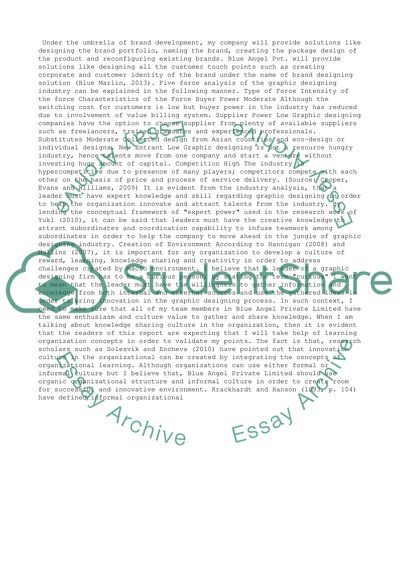Cite this document
(“Leadership Assignment Example | Topics and Well Written Essays - 2500 words”, n.d.)
Retrieved from https://studentshare.org/management/1404235-leadership
Retrieved from https://studentshare.org/management/1404235-leadership
(Leadership Assignment Example | Topics and Well Written Essays - 2500 Words)
https://studentshare.org/management/1404235-leadership.
https://studentshare.org/management/1404235-leadership.
“Leadership Assignment Example | Topics and Well Written Essays - 2500 Words”, n.d. https://studentshare.org/management/1404235-leadership.


